In-demand producer Tom Dalgety: “The pedal, amp and guitar are important, but so is the EQ, the preamp and the mic!"
The Royal Blood, Ghost and Pixies producer shares his secrets to killer guitar tones
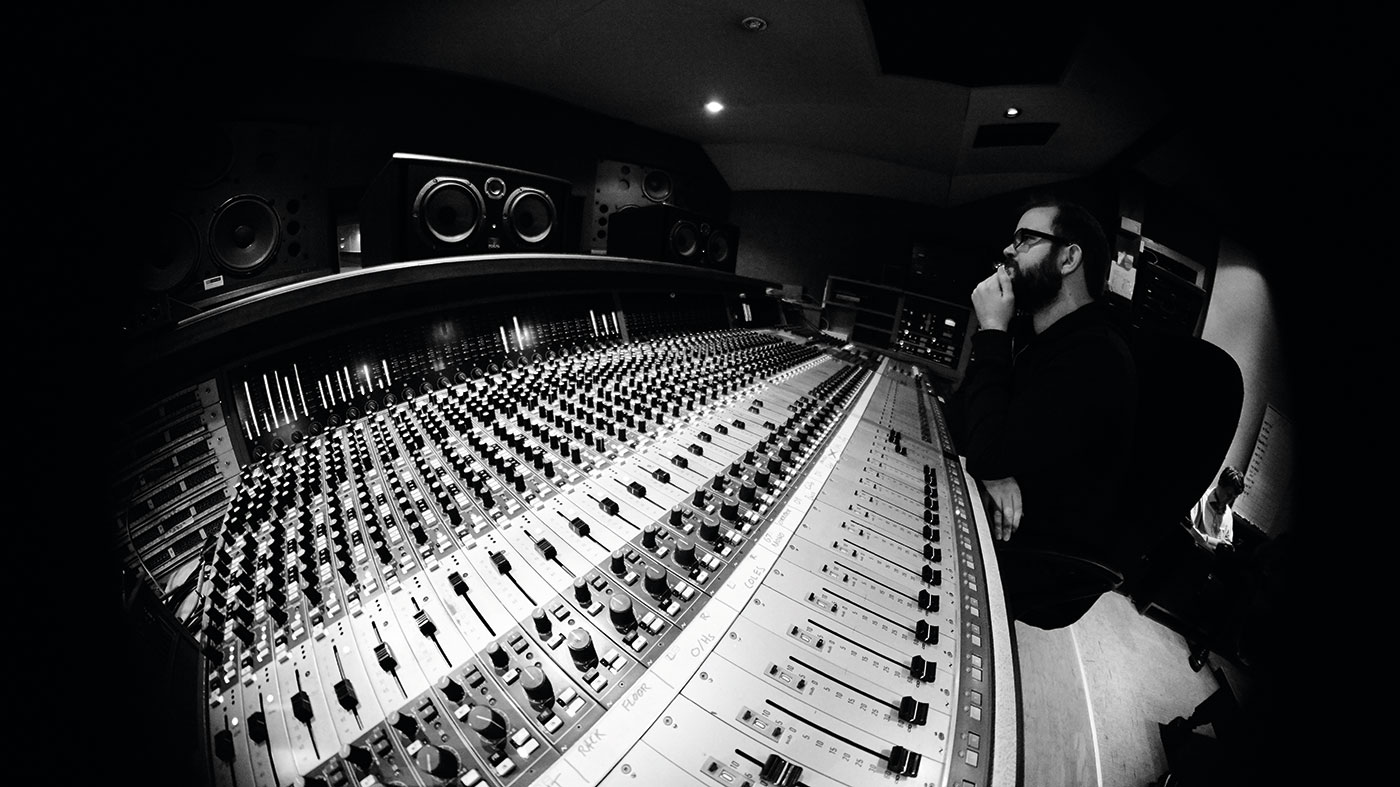
With an already extensive list of album credits to his name including Siouxsie Sioux, Simple Minds and The Maccabees, Tom Dalgety’s well-seasoned recording prowess shone through in 2014 after branding Royal Blood’s eponymous debut album with his sonic stamp of gutsy, rock-solid riff raising.
Building upon the foundations of this sucker-punch LP that steamed into the number-one slot both in the UK Albums and the US Top Hard Rock Albums charts, Royal Blood came charging back last year with the follow-up When Did We Get So Dark? and promptly filled the same number-one slots on both sides of the Atlantic for a second time.
Tom’s skills as a producer, mixer and engineer have never been in higher demand and having received a beltful of professional awards and nominations in recent years, he is currently one of the guitar world’s bona fide rising stars.
Equally as happy lending his expertise to long-established household names such as the Pixies (Head Carrier, 2016) and Ghost (Popestar, 2016; Prequelle, 2018) as he is to more underground bands such as Turbowolf (The Free Life, 2018), Tom’s tried-and-tested knowledge of what it takes to nail a guitar tone on record is as down-to-Earth as it is stratospheric.
We caught up with Tom at home on one of his rare days off to share some world-class wisdom on how to record guitars…
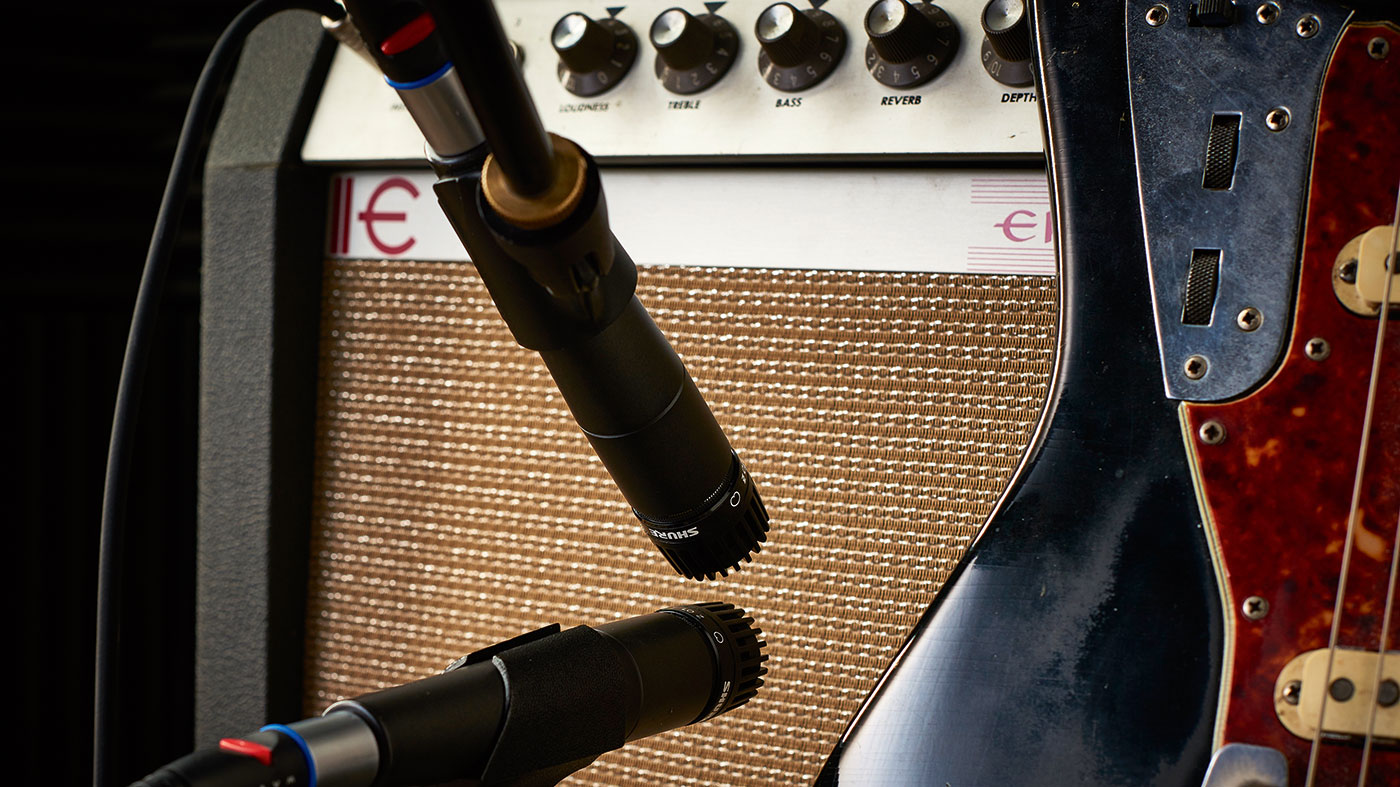
The microphones
How important is studio gear in terms of capturing a specific guitar sound?
“It makes me laugh when I hear people say things like ‘This is how you get a Hendrix sound - you need this pedal and this amp!’ The pedal, amp and guitar are obviously very important, but so is the EQ, the preamp and the mic - massively important! You could get a beautiful Hendrix sound in the room, but it can change in so many ways going to tape.”
Want all the hottest music and gear news, reviews, deals, features and more, direct to your inbox? Sign up here.
What’s the most common mistake people make when mic’ing up a guitar cab?
I think the guitar sounds that I’m most happy with have been one mic per cab
“I think the most common thing people get wrong is phase - putting two mics on a cab and not really getting the phase locked in-between the two of them. I think the guitar sounds that I’m most happy with have been one mic per cab. I love using a Neumann U47 FET halfway between the centre of the cone and the edge, placed about a hand’s width from the grill cloth. That placement seems to capture the whole speaker.”
What is mic phasing?
“If you’re recording a single sound source with two microphones, depending on the position of those two microphones they’re going to be capturing the same soundwave at different points of its journey. So, the closer the two microphone capsules are together, the tighter the correlation of the phase between the two mics will be.
“However, if you’re looking to capture different characteristics of an amp - for example, a lot of people like to mic the front and the back of say a Fender Twin, or an open backed combo - having the mics close together doesn’t always capture those elements you’re looking for. If you do the front and back thing you’ve got to move them around a lot until they sound right.
“I know a lot of people that do things like play white noise out of a cab and move a mic around until it absolutely cancels out into silence (being more or less exactly out of phase) and then flip the phase 180 degrees to make them perfectly in phase. But that sort of thing takes the fun out of it for me a little bit. A lot of those techniques are a little too scientific for my liking. I can guarantee they didn’t do that when Led Zeppelin recorded Black Dog, y’know what I mean? I think it can be a bit of a waste of time.”
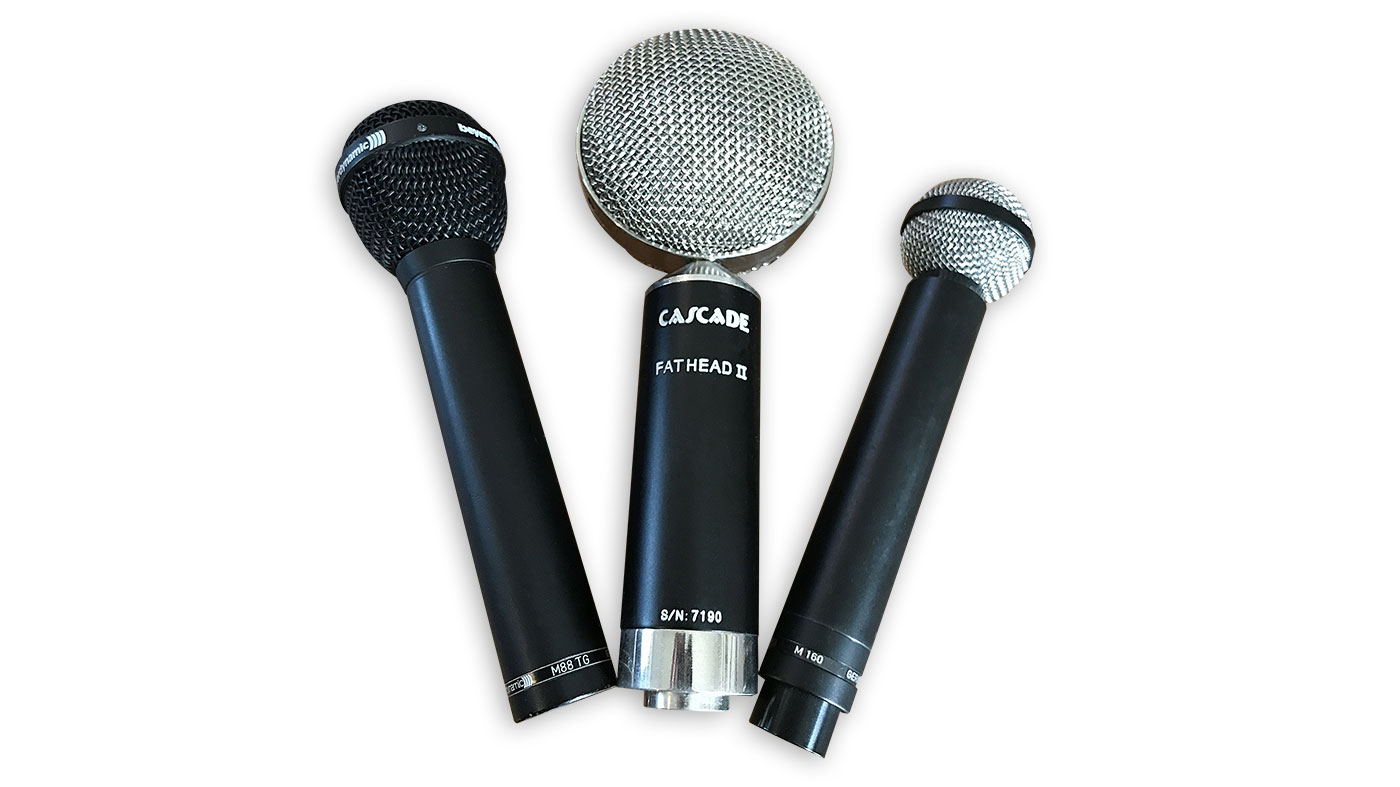
Condensers, dynamics and ribbons
Do you prefer using condenser mics on guitar cabs?
“For certain things I do, yeah. For getting a kind of cool, growly, raspy midrange I think condensers are always the best. They’re good for clean and distorted guitar sounds - anything where the midrange is the main focus and the really high, or low, frequencies aren’t that important (which, to be fair, is most guitar sounds).
“I don’t usually like condensers on bass cabs; on bass cabs I usually go for a dynamic mic, like a Sennheiser 421. Different mics do different things really well.”
Which other condenser mics do you like?
To get those jagged George Harrison Revolver licks, use an amp pointed straight at a wall about 6ft away with a figure-of-8 mic in the middle
“I like AKG C414s. There’s different variations of 414s and some are better than others; the ones with the gold grille are really good. I had a Røde NT5 mic that [producer] Steve Evans and I used a lot on vocals. Another good condenser mic for guitars is a Neumann TLM170; it’s multi-patterned so you can select different patterns, although I normally use the cardioid one.”
Are there any cool mic tricks using something other than a cardioid pattern that you can share?
“To get that close, small-room reverb you often hear on those jagged George Harrison Revolver licks, use an amp pointed straight at a wall about 6ft away with a figure-of-8 mic in the middle - it’ll capture the sound directly from the amp and then the slap coming off the wall.
“The result is kind of a non-linear reverb - a short, slap-y reverb. That can be quite cool. A lot of the time early reflection sounds can get in the way of the sound of the amp a bit too much, but for a very specific overdubbed lead part or something it can be a really useful thing.”
Which dynamic mics do you like to use on guitar cabs?
“I use a Shure SM57 sometimes. My go-to mic is a large diaphragm condenser, but it doesn’t always work, so sometimes I end up digging my way through the mic cupboard and finding what does.
“I really like the Beyerdynamic M69 - that’s a fantastic dynamic mic for guitar cabs. It’s usually one of the last things left in the mic cupboard at the end of the session. It often seems an unlikely choice, but it can be a really good one. I also use Beyerdynamic M201s - the long, cylindrical ones. Usually they’re used straight away on the drums, so they’re not always spare for guitars, but they can be amazing.”
Which ribbon mics do you like to use?
“I like the Beyerdynamic M160 ribbon mic. That’s a go-to one for me if there’s a small combo that sounds a bit too bright and fizzy or too nasal, it’ll mellow and smooth out the sound. The other ribbon mic I like is the Royer R-121. I’ll often use that in conjunction with a condenser mic to get more of a chesty thump from the ribbon along with the shimmery upper-mids of the condenser.”
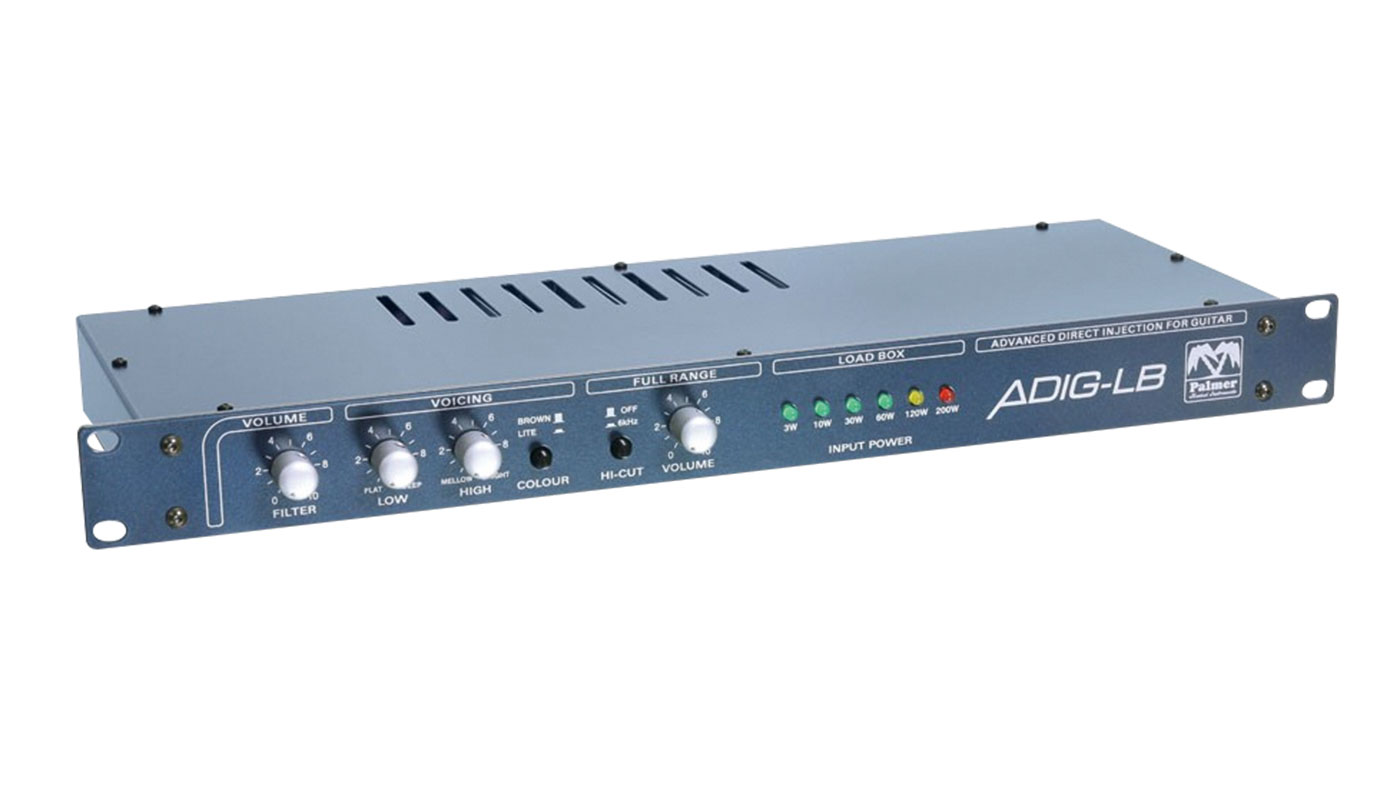
Other essentials
What other recording studio equipment is essential for you?
“Speaker simulators are massively important. Particularly the Palmer PGA04 ADIG-LB. Palmer are the unsung heroes of guitar recording. It’s got a loadbox that allows you to come out of a head or a combo speaker output and record, for example, a 100-watt Marshall head completely silently.
“It’s like a DI loadbox with speaker simulation, which is a specific sort of EQ. It’s got a filter control, two tone or ‘voicing’ controls, a ‘Hi-Cut’ switch and there’s a ‘Brown’ or ‘Lite’ button, which, obviously, is always on brown! I’ve actually just ordered another one.
Speaker simulators are massively important... you can record, for example, a 100-watt Marshall head completely silently
“The other one I have is made by Koch - the Loadbox LB120 II. There’s not a huge amount of difference between the two, but I’ve had the Koch longer. The Palmer has a little bit more control on the voicing, but the Koch LB120 II is very similar. It’s got a ground lift, which can sometimes be very useful.
“A lot of the time if you’re using two amps in tandem you’ll get an earth loop hum - if you insert the Koch between the head and the cab of one of the amps and flick the earth lift switch it can often get rid of it. It’s got a few cool voicing options, such as mic on or off axis positioning and different speaker configuration settings.
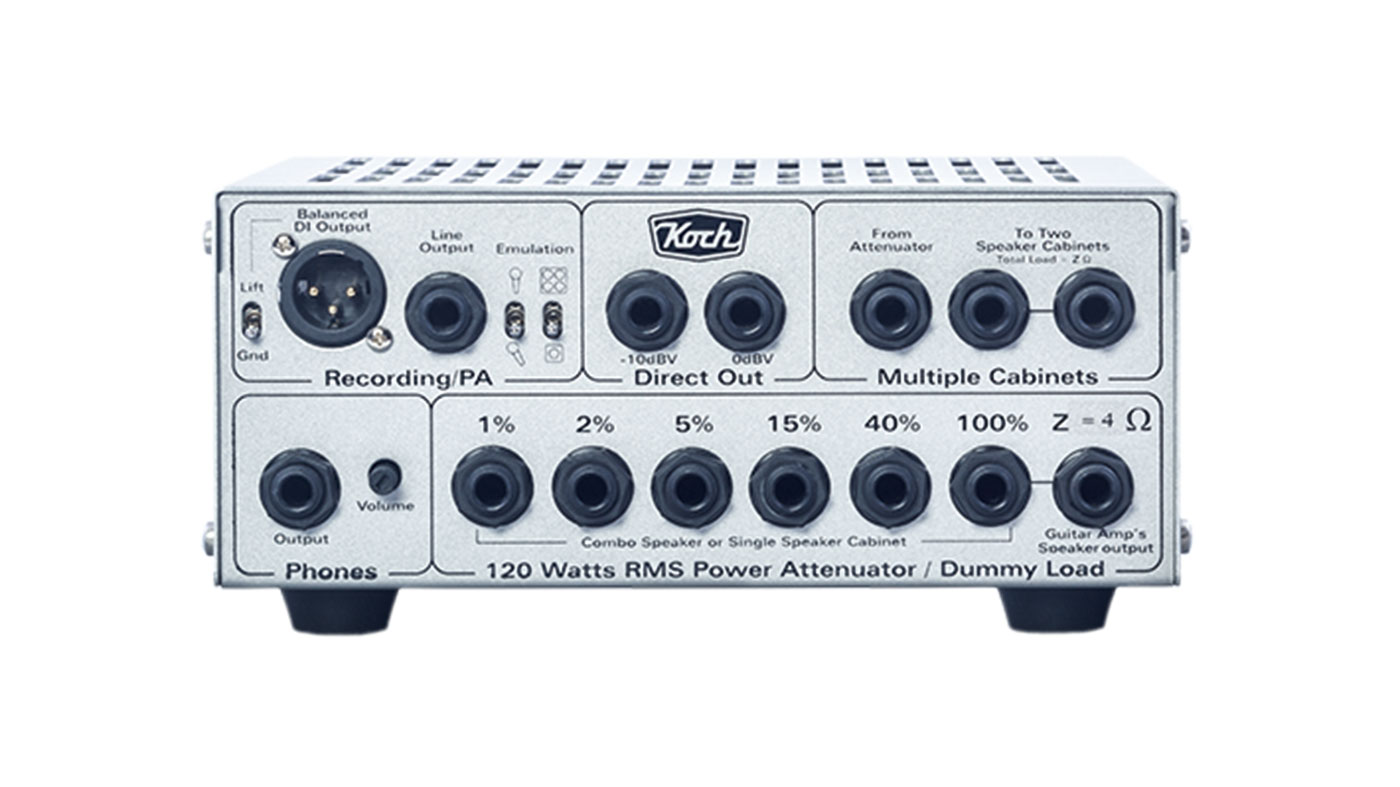
“I’ve used speaker simulators on a lot of different recordings. For example, I might record the standard rhythm tracks through a standard 4x12 Marshall cab, and then double-track with a sound that’s very similar, but subtly different, through the Palmer or the Koch.
“Also, if you’re in a studio where you haven’t got enough separation booths, they allow you to have the guitarist in the same room as the drummer with their amp cranked, but without the guitar cab bleeding all over the drum mics. That was the initial reason I got them - to record a three-piece band without the need for multiple live spaces. It meant I could record both the guitar player and the bass player completely silently using their own gear.
I realised the guide guitar recorded through the speaker simulators sounded absolutely amazing! There was no faffing around
“In the past you’d have to take a DI from their pedals and then have an amp simulator on in Pro Tools or something, but that never reacts as well as their own amp. I started off using it as a practical tool, but when I was mixing I realised the guide guitar recorded through the speaker simulators sounded absolutely amazing! There was no faffing around moving mics and flipping the phase - it was just a brilliant sound. From then on I started using them as a sonic flavour.
“I thought I’d found an amazing secret and was feeling very happy with myself until I was informed by a guitar tech that pretty much everyone you’ve ever heard of had been using them for fucking years! Like Angus Young, Keith Richards, Eddie Van Halen… I was like ‘Okay, right.’” [laughs]
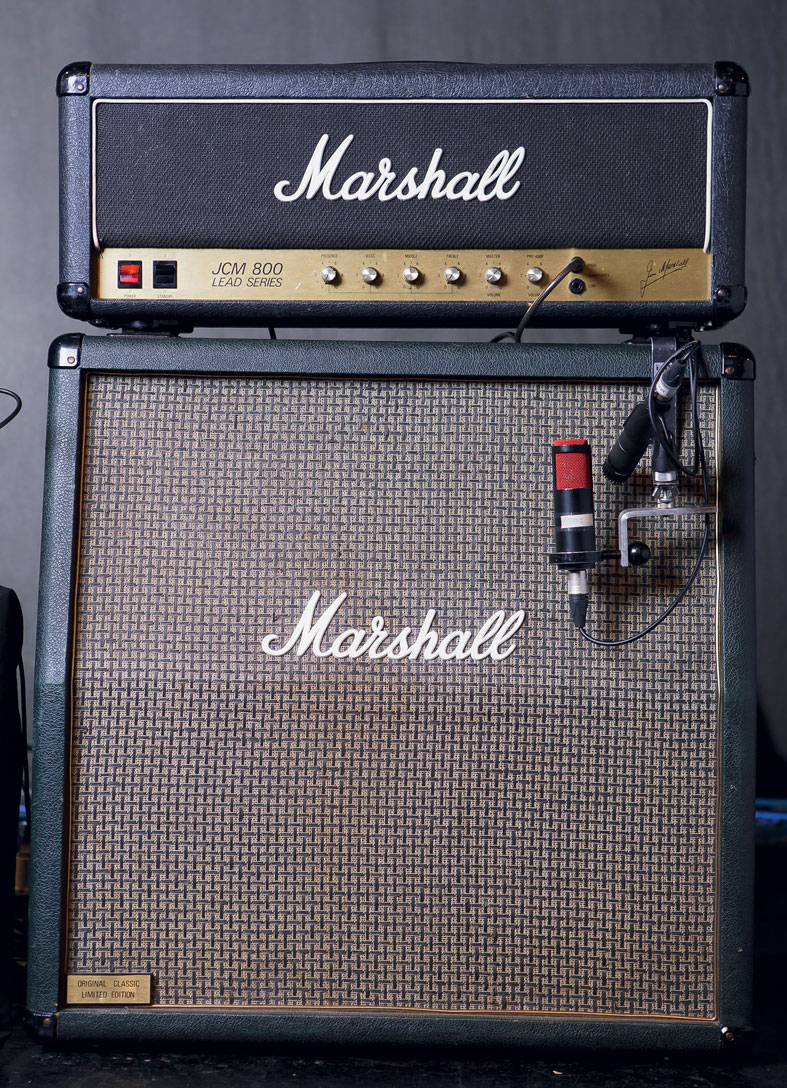
Preamps
Which cables do you like to use?
“I’m not fussed about cables - as long as they work! Having said that, Orange cables are great. They sound good, and they’re made from a woven plastic outer that means they don’t get tangled, which is really handy.”
Which preamps do you like to use?
Calrec PQ1253-8s are my go-to guitar mic preamps. The other channel strips that I favour for guitars are SSLs, particularly the B and G-series
“I’m really specific about preamps, to the extent where if a studio only has a certain type of desk without any outboard preamps then I won’t record guitars there. Having said that, I’ve got a few of my own that I often bring with me.
“My favourite one is the Calrec PQ1253-8. They are my go-to guitar mic preamps. The other channel strips that I favour for guitars are SSLs, particularly the B and G-series. I really like the fact that you can use high and low filters at the same time as using the EQ. That’s a thing for me.
“My preamp units often come from old mixing desks. Neil Perry of Raw State has done a lot of cool stuff for me, but my Calrec came from the BBC in Glasgow. They auctioned some analogue gear off when it went digital and that was one of the things I managed to pick up. Calrec was heavily used by the BBC. They were one of the closest things to Neve.”
How do you like to use gain on guitar preamps?
“AC/DC’s Powerage album is a great example where you can tell that the overdrive isn’t just coming from the amp. The mic signal is also distorting, and that gives you a very specific kind of sound.
“I’ll sometimes use a clean amp tone – maybe from something like a Shure SM57 on a Fender Twin – and turn the preamp gain up on the desk until it’s in the red. The mic itself isn’t distorting, but when the signal hits the preamp it goes into overdrive. You can get a whole different type of harmonic distortion that way. The core of that sound is bright and clean, and you just can’t get it any other way - it’s quite unique. You can hear it on a lot of '60s and '70s stuff.
“You can also overload DI boxes with pedals to get quite a strange, unnatural distortion. I always loved the guitar sound on Nine Inch Nails’ stuff, especially on The Downward Spiral. That’s not just a Tube Screamer and a Marshall, is it, y’know? It’s something weird. I like to inject a little bit of that kind of thing into normal guitar sounds.”
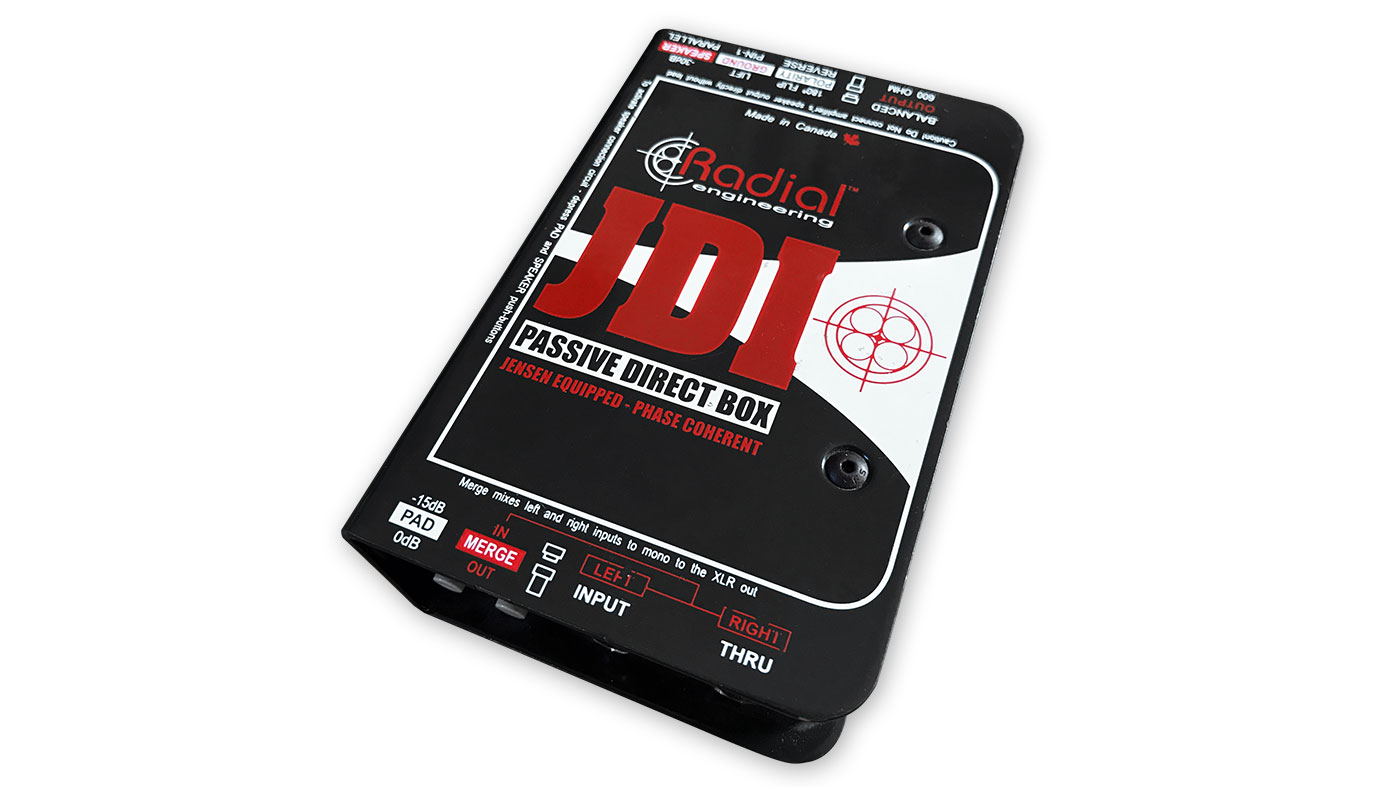
Pedals and plugins
Have you got any tips regarding DI-ing pedals?
“I like recording a DI of pedals and shaping the EQ to try and make it sound a bit like an amp and speaker cab. I think I read somewhere that was a Billy Corgan thing - or a Butch Vig or Alan Moulder thing: just recording a DI of an Electro-Harmonix Big Muff and then EQ-ing it on the desk to make it sound like it’s coming out of an amp. I filter both ends using a high-pass filter and a low-pass filter.
Waves' Renaissance Axx is nice for clean, long ‘sprang’ chords that you want to ring seemingly forever
“You can be quite extreme with the filtering and take a lot of the top-end off to bring it right down, then pick a weird area of the midrange to boost in a slightly compensating way. If you’ve got a totally standard kind of amp-y tone, you might use that sound for a double track to thicken it up, or if you want a very specific character guitar sound to come in for maybe a bridge or a verse. I like guitar sounds that sound a bit cheap and nasty. They can be very useful.”
Do you use compression when tracking guitars?
“Normally I don’t, because a distorted valve amp is doing so much compression itself anyway. I rarely use an outboard compressor on guitar, although I might if I’m recording a very clean sound. Maybe then I’d use something like Al Smart’s Smart Research C2 Compressor. That’s a thing I use for recording bright, shimmery guitars where you’re not relying on the overdrive to give you the sustain - y’know, where you want things to have sustain, but it needs to come from somewhere else.
“The other one I use a lot on clean guitars is a plug-in called Waves Renaissance Axx. It’s a really quick compressor - fast attack and release. It’s nice for clean, long ‘sprang’ chords that you want to ring seemingly forever.”
Rod Brakes is a music journalist with an expertise in guitars. Having spent many years at the coalface as a guitar dealer and tech, Rod's more recent work as a writer covering artists, industry pros and gear includes contributions for leading publications and websites such as Guitarist, Total Guitar, Guitar World, Guitar Player and MusicRadar in addition to specialist music books, blogs and social media. He is also a lifelong musician.


